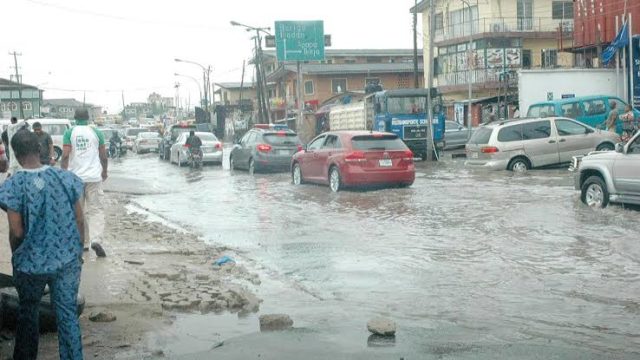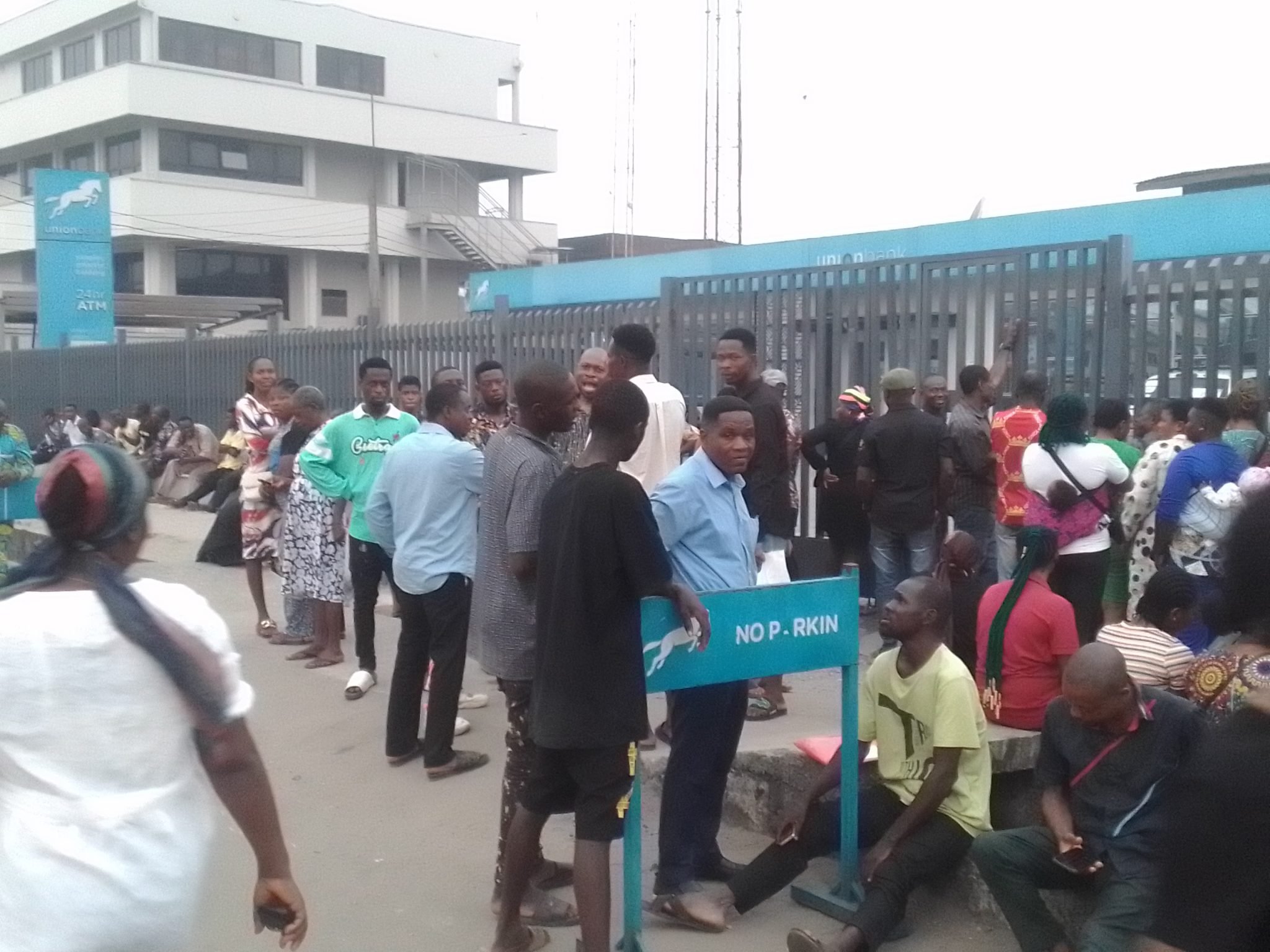As River Niger reaches red alert
Following warning alert received from the Niger Basin Authority indicating that River Niger has reached Red alert of 6.60m the Nigerian Hydrological Service Agency has warned states contiguous to the Niger River to brace up for impending flood disaster.
The agency warned that It is expected that the flood magnitude sighted in Niamey, Niger Republic on the 23rd August 2020 would arrive Nigeria through Kebbi state on the 6th of September and flood other states contiguous to River Niger including Niger, Kwara, Nasarawa, Kogi, Anambra, Delta, Edo, Rivers, and Bayelsa
NHSA Director General Engr Clement Nze in a press statement made available to journalists yesterday explained that he River Niger Basin which covers nine (9) countries of Benin, Burkina Faso, Cameroun, Chad, Cote D’Ivoire, Guinea, Mali, Niger and Nigeria, has Nigeria at the lowest portion of the Basin, meaning that that once the upper catchment of the Basin gets flooded, Nigeria should be prepared to experience flooding incident.
He said “As at today, the Middle Niger of the Niger Basin made up of Niger, Benin, Burkina Faso and part of Mali, have been flooded. The flood levels at the hydrological stations monitored in Niamey (Niger Republic) and Malanville (Benin Republic) have gotten to the Red Alert Zone”
Nze pointed out that Operators of Kainji and Jebba Dams have long been alerted to take appropriate measures in the operation of the reservoirs and accordingly, Kainji Dam is now spilling water at the rate of 1,000 m3/s that is 86.4 million cubic metres/day, saying this means that communities downstream Kainji and Jebba Dams could be flooded while Shiroro Dam on Kaduna River is still impounding, though there is the possibility of spilling water in the weeks ahead.
On River Benue sub-basin, the DG stated that the agency has maintained close contact with the Cameroonian authorities with regards to flood scenarios in the upper catchment of the sub-basin and Information received by NIHSA from the relevant authority in Cameroon stated that the Lagdo Dam is still impounding water.
He noted that the high intensity of rainfall during the last week of August has already saturated the soil and any rainfall of high intensity with long duration would translate into flooding in most part of the country.
He revealed that So far, Urban/Flash Flood has wrecked havocs in about 70 council areas in 20 states of the federation and the FCTof the Federation, including the FCT.
The NHSA boss recalled that the year 2020 Annual Flood Outlook predicted that some parts of at least 102 LGAs in 28 States fall within the Highly Probable Flood Risk areas, while parts of 275 LGAs in the 36 States of the Federation, including the FCT, fall within the Moderately Probable Flood Risk areas. The remaining 397 LGAs fall within the Low Probable Flood Risks areas.
It also warned The states that are contiguous to rivers Niger and Benue, namely: – Kebbi, Niger, Kwara, Adamawa, Taraba, Benue, Nasarawa, Kogi, Anambra, Delta, Edo, Rivers and Bayelsa are likely to be affected by river flooding, while Coastal flooding is expected in Rivers, Cross River, Delta, Lagos, Ondo, and Bayelsa States.
On account of poor drainage systems, flash and urban floods are expected to occur in major cities across the country, namely Birnin–Kebbi, Sokoto, Lokoja, Kaduna, Suleja, Gombe, Yola, Makurdi, Abuja, Lafia, Asaba, Port Harcourt, Yenagoa, Lagos, Ibadan, Abeokuta, Benin City, Oshogbo, Ado-Ekiti, Abakaliki, Awka, Nsukka.
The DG warned that the country still has many days of rainfall in the course of the year and More floods are expected in the months of August, September and October this year, in the event there is release of excess water from the Dams in other countries upstream rivers Niger and Benue this year, this will have more negative impacts on Nigeria which is located downstream other countries in the Niger Basin.
He urged that to prevent flood disaster,
blocked drainages and gutters should be cleared, river channels dredged and structures within the waterways and floodplains and flood paths pulled down.
GUARDIAN NG






